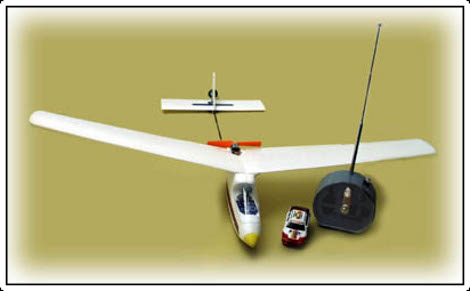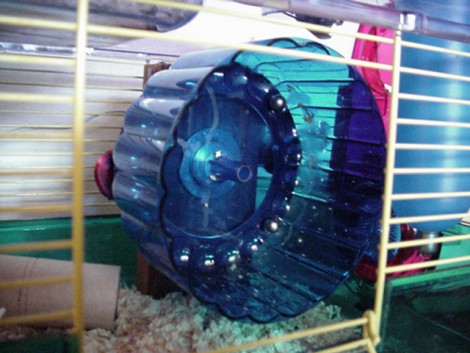
Hackaday regular [Mikey Sklar] is no stranger to body modifications. He enjoys tweaking his body in ways that help him with day to day tasks, including a ruler tattoo on his arm and an RFID chip embedded in the web of his hand. Lately, he has been toying around with a less invasive means of getting a better feel for magnetic fields in his surroundings.
Turned on to magnetic rings by a friend, he now wears an epoxy-coated rare earth ring every day, changing the way he interacts with the world. He says that besides the obvious ability to tell when he’s near iron-heavy material, he can also feel cell phone calls, as the speaker draws the ring closer while producing sound.
He says that holding the electric cord of his tea kettle gave him the biggest start, making him feel as if he had been electrocuted, minus the actual shock.
While it’s not the most high-tech hack, [Mikey] is quite happy with the “sixth sense” this reasonably price ring has been able to provide – we just might have to try it out ourselves.












